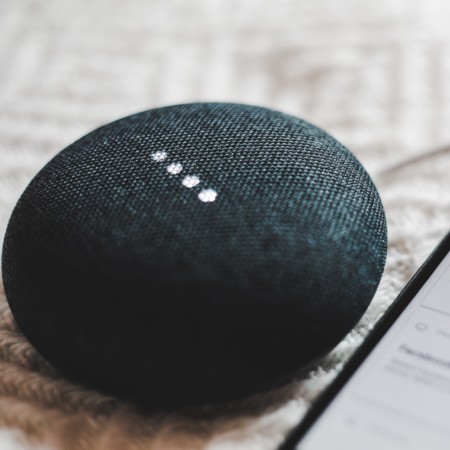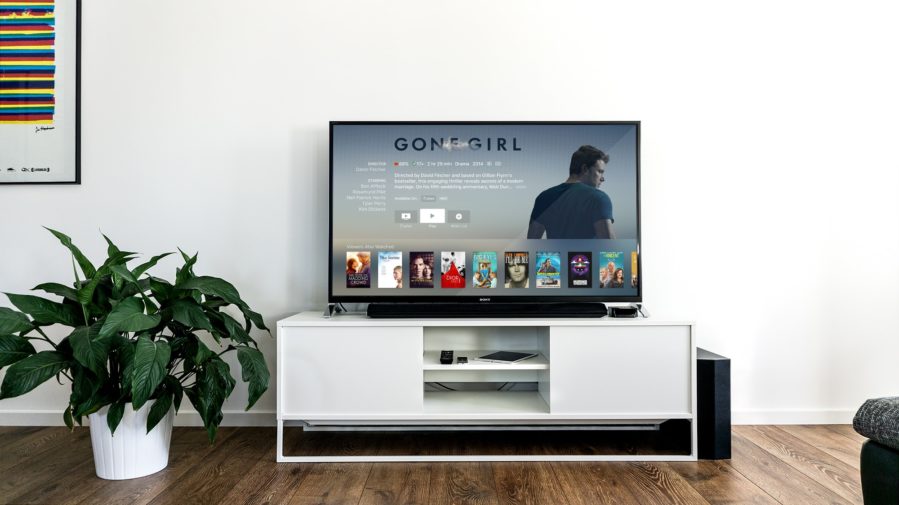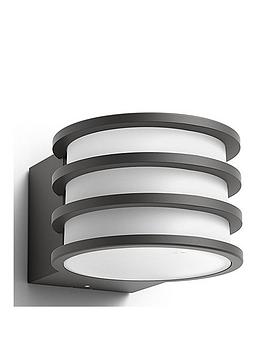There has never been a better time to make yours a smart home. Firstly, the range of smart home devices on the market today is vast and broad, going from the kitchen to the heating and lighting to security and entertainment systems.
And getting started is not as difficult as you might think. You can install smart devices incrementally, starting with one single gizmo. Many devices plug into your wall and connect via an app. And others have installation included in purchase price.
Here’s our guide to creating your very own smart home.
Making a smart home: Getting started
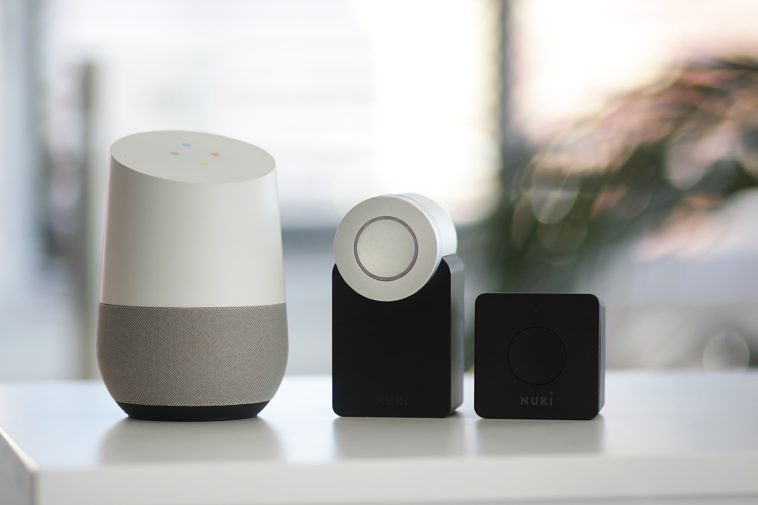
We’ll break it down by room and appliance. The best way to make yours a smart home is in increments, so it’s best to go one room at a time as you get a feel for what kind of devices suit you best.
Voice or app?
Whether you prefer voice or app control depends entirely on personal taste. Some prefer the privacy afforded by an app, but it also means that you must always have your mobile device with you to enjoy the benefits of this great tech. Others like the convenience of voice as it means you can simply ask for what you want. It’s a great option for those of us who frequently misplace things like phones or keys – one less thing to lose!
Phone, tablet, speaker or watch?
If you’re looking to use an app for your smart home, you will need a tablet, smart phone or smart watch.
For multi-purpose voice operations, devices like the Amazon Echo and the Google Nest Hub can connect to your internet, lighting, heating and more.
Make sure that the devices you choose are compatible. Apple products do not always play well with others, but Amazon and Philips ones work with most other brands. So, if you’re planning on overhauling your entire home, it might be an idea to make a list of what you want and ensure each one is compatible.
Smart living room
Smart TVs are arguably at the vanguard of the smart home revolution. They are the highest profile smart home product, buoyed by famous applications like Netflix, YouTube and Amazon Prime, which have revolutionised the way we watch TV.
A smart TV is essentially a television that’s connected to the internet. This means that as well as the streaming services mentioned above, you can also browse the web on your TV (great for working from home), engage in social networking and stream music and videogames.
Setting one up is not dissimilar to setting up your phone: Many (if not most) of the apps you’ll want will be pre-downloaded, then you’ll need to connect it to WiFi, twin with your phone or tablet (should you want to) and log into some apps / features (such as subscriptions and social networks).
A smart TV box is a slightly different story. Think of it as an add-on for your TV. The Fire TV Cube, for instance, allows you to incorporate voice commands for your TV.
Speaking of smart speakers…
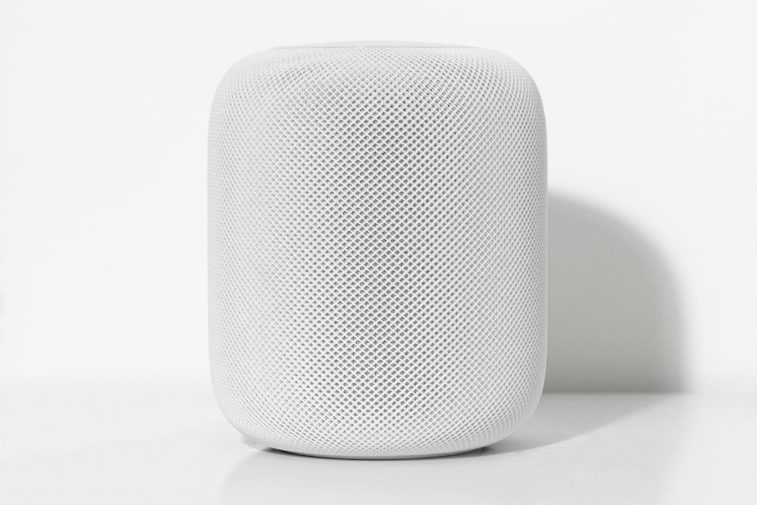
Going from video to audio, you might want to kit out your entertainment with some smart speakers.
A smart speaker can connect to music subscriptions, which can extend to Beats Broadcasts (if you’re subscribed to Apple Music). In some cases you can get music recommendations based on what you’ve already listened to (a perk available on some Sonos speakers) and many smart speakers can also calibrate their sound based on music genre or the room’s dimensions.
Smart speakers, especially the likes of Google Home, also act as audio computers. This means you can use them for phone conversations, weather and news updates, and even translations, as well as music, of course.
You can also expect a smart speaker to connect with other devices, such as your TV, phone or digital radio.
To set up a smart speaker, you’ll need a mobile device than has access to a WiFi connection (like a phone or tablet) and in many cases, an appropriate online account (such as Google, Amazon or Apple, depending on the device). After that, it’s simply a case of downloading the app, which acts as a remote control.
If you’re purchasing items to work in tandem (like a smart TV and smart speakers), it’s important to establish that they’re compatible with each other. The last thing you need is to shell out on some big ticket items that don’t actually work with each other!
Switch over to smart lights
Lights and light switches are a good place to start. And getting them operational is not as tricky as you might think.
If you’re not comfortable with exposing wires and breaking out the screwdriver, many smart light switches (such as the Philips Hue Dimmer Switch) are battery operated, so there’s no need to open a toolbox.
In other cases, you only need a WiFi-enabled bulb (such as the Kasa Smart Wi-Fi Bulb). It’s also possible to buy the whole kit to get started, including an Echo dot, two switches and three bulbs.
Ceiling lights require more work. And some do not provide screws and fixings. Central / major lights will need wired installation. We would recommend you hire an electrician or contractor for these.
Smart kitchen
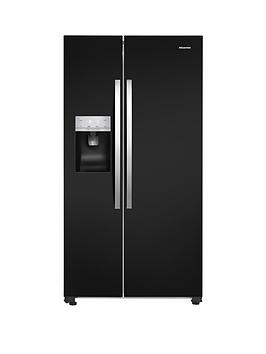
The centrepiece for many kitchens is the fridge, and if you’re looking to smarten up your kitchen, there are some stylish and handy smart fridges available. Generally, the installation is similar to that of regular fridges, apart from the occasional app download or connecting it to your home’s Wi-Fi.
Depending on the model, a smart fridge can do anything from automating its own speed and temperature in response to demand; to coordinating a calendar with reminders for the whole family.
On the smaller end of the scale, you might also want a smart kettle. This can automatically reheat at designated times or switch off when it reaches a designated temperature.
Smart heating
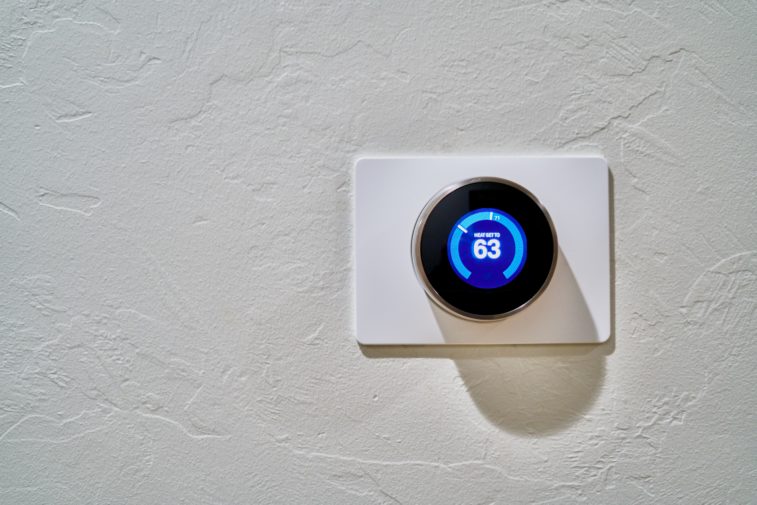
Probably the greatest benefit of a smart thermostat is that you can control your home’s heating when you’re not there. Turn the temperature up so the house is nice and toasty for when you return; or you can pre-set it to specific temperatures at different times of the day or week.
The more advanced thermostats (like the Nest 3rd Generation model) can also connect with your water.
More elaborate thermostats require extensive work when it comes to installation, connecting to your heating and water systems. This is why some (including the aforementioned Nest Thermostat) include professional installation with the price of purchase.
Other thermostats work with your radiators, so installing them is relatively straightforward. In the case of tado products, you can often unscrew the handle / valve head on your radiator, screw in the tado device, and screw it back on. Then, all you need to do is connect the thermostats to your other devices via the app. The tado thermostat is also compatible via voice control with some smart speakers, such as Alexa.
Smart home security
Home security has gone through seismic changes in recent years, thanks to the Internet of things and interaction with smart devices.
Smart home security is also a consequence of how our needs have changed over time. With more and more of us shopping online, some shoppers like to have motion sensors and cameras to prevent the theft of posted / delivered items.
The Ring Video Doorbell is a popular first step, allowing connectivity with your other devices, a camera and motion detection. Apart from the app and connecting with your devices, installation is similar to that of a normal doorbell: turn off the power to the existing doorbell, then screw in your new Ring device.
Outdoor security cameras and CCTV systems work on a similar principle; connecting to the mains (so please turn off power before installing!) and connecting to your internet and devices. A smart camera can store footage in the cloud and be viewable from your phone.
Indoor devices, such as smart baby monitors, are as straightforward as you’d expect: plug in, connect to WiFi and devices and enjoy peace of mind.
Welcome to the home of the future, today!
Robots may or may not come for our jobs, but they’re already working for us at home. Harnessing the power of connectivity and the internet, smart devices are making our homes more comfortable, more entertaining and a whole lot safer.

